Brands
Application
Termination Style
Tool Types
Price
Collection

Fusion Splicer
Fusion splicing is the act of joining two optical fibers end-to-end using heat. The goal is to fuse the two fibers together in such a way that light passing through the fibers is not scattered or reflected back by the splice, and so that the splice and the region surrounding it are almost as strong as the virgin fiber itself. The source of heat is usually an electric arc, but can also be a laser, or a gas flame, or a tungsten filament through which current is passed.
Fusion Splicing Process
The process of fusion splicing normally involves using localized heat to melt or fuse the ends of two optical fibers together. The splicing process begins by preparing each fiber end for fusion.
Stripping is the act of removing the protective polymer coating around optical fiber in preparation for fusion splicing. The splicing process begins by preparing both fiber ends for fusion, which requires that all protective coating is removed or stripped from the ends of each fiber. Fiber optical stripping can be carried out by a special Thermal Fiber Stripper Tool that uses hot sulphuric acid or a controlled flow of hot air to remove the coating. We also offer a Fiber Slitter & Stripper used for stripping fiber which are similar to copper wire strippers. Fiber optical stripping and preparation equipment used in fusion splicing is commercially available through a small number of specialized companies, which usually also designs machines used for fiber optical re-coating.
Cleaving the Fiber
A Fiber Cleaver is then used to cleave the fiber using the score-and-break method so that its end face is perfectly flat and perpendicular to the axis of the fiber. The quality of each fiber end is inspected using a microscope. In fusion splicing, splice loss is a direct function of the angles and quality of the two fiber-end faces. The closer to 90 degrees the cleave angle is the lower optical loss the splice will yield.
If you have any questions regarding your fusion splicer, give us a call or email us.
-
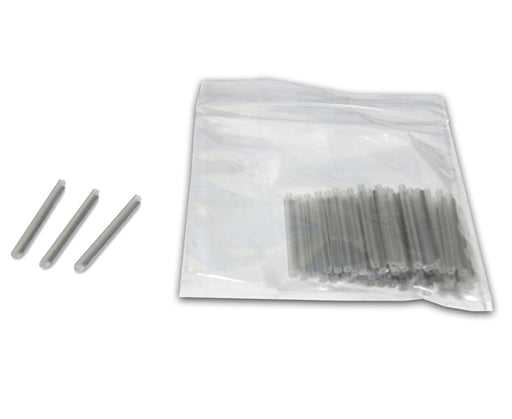 Sale
$37.50
Sale
$37.50Fiber Optic Protective Sleeves 60mm/40mm
FB26-4926-50Primus CablePricing is for 50 sleeves Description Fiber Optic Protective Sleeves Transparent plastic tube and stainless steel rod designed to prevent stress ...
View full details$37.50Sale -
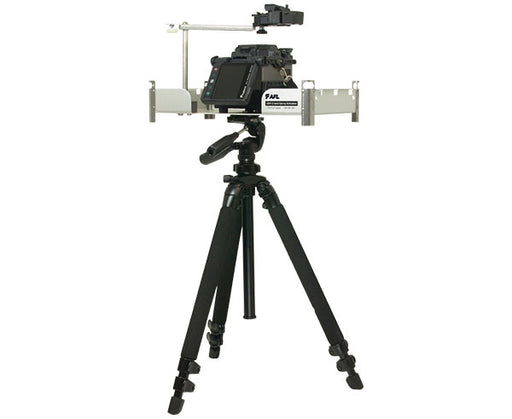 Sale
$674.45
Sale
$674.45Fujikura/AFL Tripod Workstation Kit for AFL Fusion Splicers
S014773FujikuraDescription Fujikura/AFL Portable Tripod Workstation Kit for Fusion Splicers As splicing requirements have migrated from aerial to ground level loc...
View full details$674.45Sale -
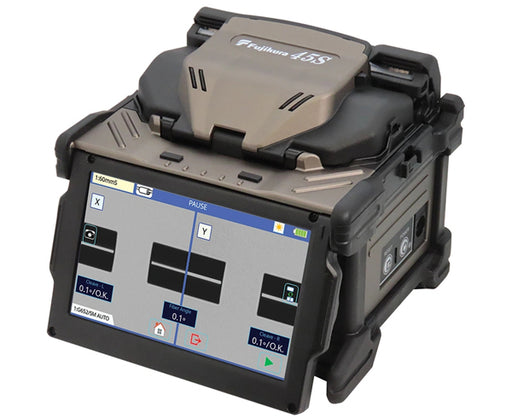 Sale
$4,250.00
Sale
$4,250.00Fujikura 45S Fusion Splicer Standard Kit
NPNB-S018318FujikuraDescription Fujikura 45S Active Cladding Alignment Fusion Splicer The Fujikura 45S is is changing the way people splice fiber in small to mid-fiber...
View full details$4,250.00Sale -
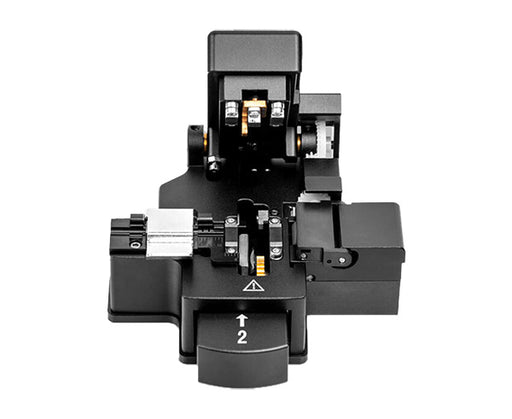 Sale
$629.95
Sale
$629.95One Step Fiber Optic Cleaver with Auto-Rotating Blade
FC-600Jonard ToolsDescription One Step Fiber Optic Cleaver with Auto-Rotating Blade The Jonard Tools FC-600 precision fiber cleaver is designed to provide a precise,...
View full details$629.95Sale -
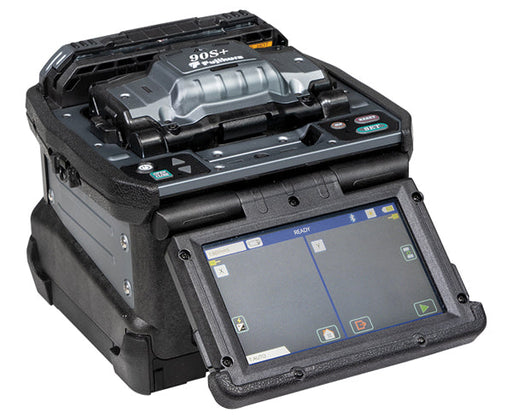 Sale
$12,722.99
Sale
$12,722.99Fujikura 90S Fusion Splicer with Bluetooth and CT50 Cleaver
NPNB-S017521FujikuraDescription Fujikura 90S+ Core Alignment Fusion Splicer with Bluetooth and CT50 Cleaver The Fujikura 90S+ Core Alignment Fusion Splicer solves comm...
View full details$12,722.99Sale -
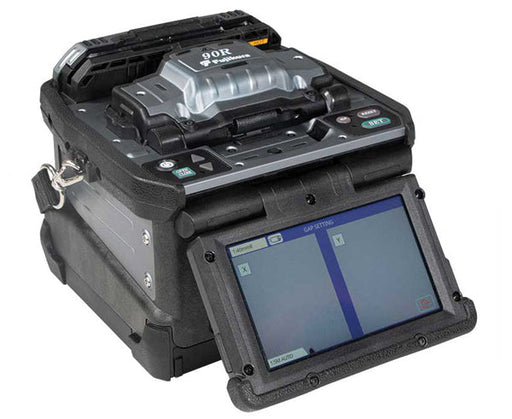 Sold out
$18,358.83
Sold out
$18,358.83Fujikura 90R Ribbon Fusion Splicer Kit with CT50 Cleaver and Stripper
NPNB-S017511FujikuraDescription Fujikura 90R Ribbon Fusion Splicer Kit with CT50 Cleaver and Thermal Stripper The Fujikura 90R is the mass fusion splicer workhorse of ...
View full details$18,358.83Sold out -
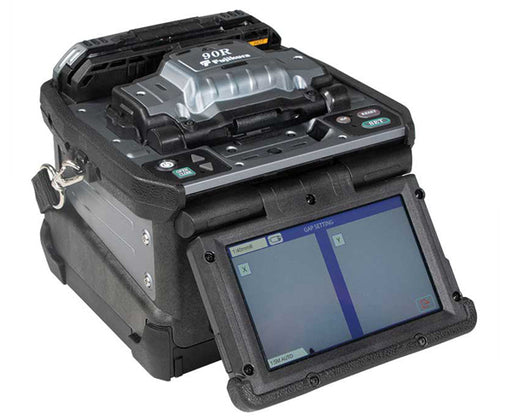 Sold out
$15,948.24
Sold out
$15,948.24Fujikura 90R Ribbon Fusion Splicer
NPNB-S017509FujikuraDescription Fujikura 90R Ribbon Fusion Splicer The Fujikura 90R is the mass fusion splicer workhorse of the splicing world. As data demand continue...
View full details$15,948.24Sold out -
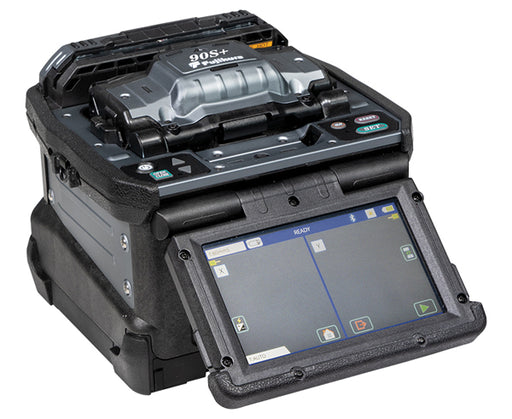 Sale
$11,408.99
Sale
$11,408.99Fujikura 90S+ Fusion Splicer
NPNB-S017519FujikuraDescription Fujikura 90S+ Core Alignment Fusion Splicer The Fujikura 90S+ Core Alignment Fusion Splicer solves common problems seen in the field. E...
View full details$11,408.99Sale -
 Sale
$7,409.99
Sale
$7,409.99Fujikura/AFL 22S Fusion Splicer with CT-30A Cleaver - S016155
S016155FujikuraDescription Fujikura 22S Fusion Splicer The Fujikura 22S active cladding alignment fusion splicer bridges the long standing gap between core alignm...
View full details$7,409.99Sale -
 Sale
$6,989.99
Sale
$6,989.99Fujikura/AFL 22S Fusion Splicer with CT-06A Cleaver - S016154
S016154FujikuraDescription Fujikura 22S Fusion Splicer The Fujikura 22S active cladding alignment fusion splicer bridges the long standing gap between core alignm...
View full details$6,989.99Sale -
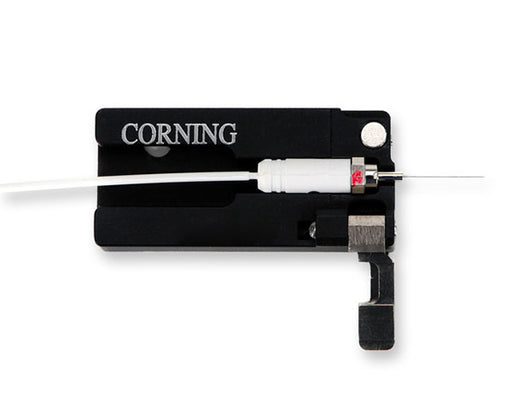 Sale
$607.49
Sale
$607.49Corning FuseLite Fiber Connector Holder for Fujikura/AFL Fusion Splicers
SOC-HLD-CON-S-ACorningAll Corning products are special ordered and non-cancellable, non-returnable Description FuseLite Connector Holder for Fujikura/AFL Fusion Splicers...
View full details$607.49Sale











